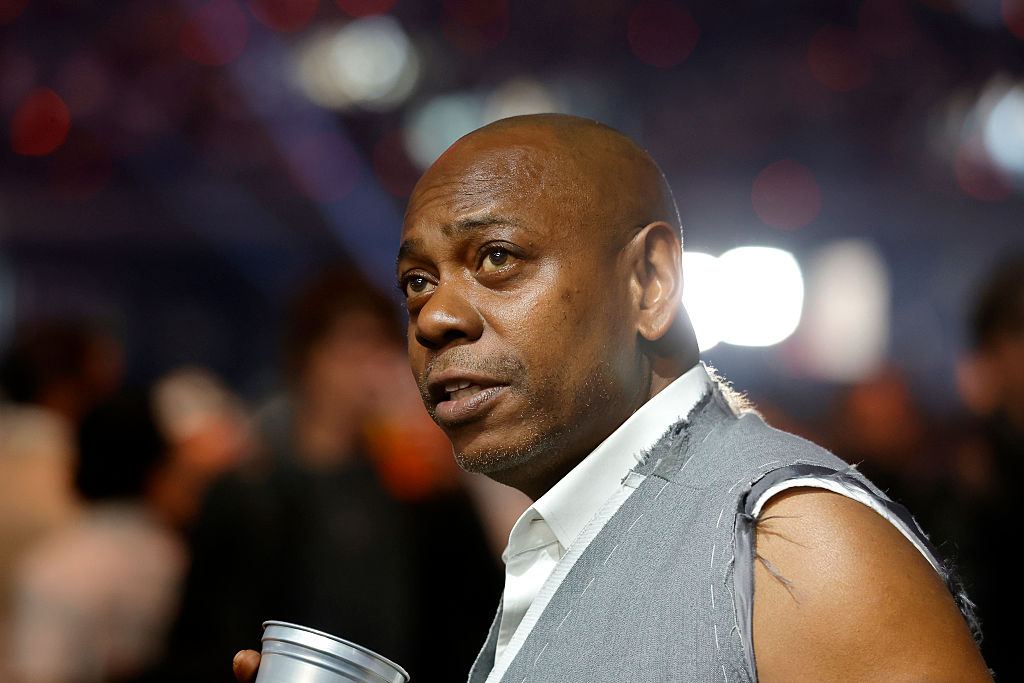What comes to mind when you think of Starship’s eternal 1985 hit “We Built This City?” For most it’ll be that bright, synth-heavy chorus, which is sung with such gusto by Grace Slick and Mickey Thomas that you can practically picture them fist-pumping in the vocal booth when they recorded it. Some people may hear “We Built This City” and just generally think about the mid ’80s, where this brand of so-called “corporate rock” had reached a dominant apex in Reagan’s America and everything, including rock music, had to be shopping mall-shiny.
Some think of “We Built This City” and consider it to be the worst song ever. As in, the worst song ever written and made, a debate that recently captured some light discourse regarding a very different song from a very different era. Even after 40 years (the song was released as a single on August 26th, 1985), many regard “We Built This City” as both annoying and confusing; its anti-commercial lyrics centering on San Francisco’s musical history are directly at odds with its stadium rock sound. Some familiar with Starship and their contextual history as Jefferson Airplane felt it was a complete and utter surrender to an unimaginative mainstream plateau.
Okay, true, it can be a little annoying. But “We Built This City” can’t be the worst song ever. Because how can the worst song ever have such an incredible, deeply satisfying pre-chorus?
That’s what I think when “We Built This City” comes to mind: “Marconi plays the Mamba!/ Listen to the radio/ Don’t you remember?,” sung right before that mammoth of a hook. Now, the words of this section are overall less important than their application within the song’s melody, but to clarify: “Marconi” refers to Guglielmo Marconi, the Nobel Prize winner largely credited with inventing the radio. The “Mamba” is a very dangerous snake native to Africa, but Starship have acknowledged that Bernie Taupin (who wrote the song with Martin Page) intended it to be “Mambo,” a latin dance.
Still, it doesn’t really matter what Marconi is playing or what the song is trying to say about the radio. The pre-chorus works so well because of how it raises the stakes musically before a humongous, anthemic hook. Leading up to it, Slick and Thomas combine in unison for their verses, with Slick jumping higher than Thomas on the final line of each verse’s phrase; they then stay in harmony as they jump up for “Marconi,” with the song’s chords transforming from defiant to yearning. There’s an incredible amount of drama communicated in just a short amount of time, with the progression’s resolution on “Listen to the radio” emphasized by the fact that Slick and Thomas return to unison immediately afterwards. The original groove continues, building suspense that culminates with an empty bar, hand claps, and then we’re thrust right into the “We built this city!” chorus again.
It’s a bit of musical science that works time and time again. It may seem like a small moment of wonder amidst a song that is, overall, pretty average, but it’s a strong example of how a pre-chorus can create a perfect storm of satisfaction and anticipation in just a few bars. It offers genuine musical drama that makes the chorus feel not just inevitable, but essential.

 1 month ago
21
1 month ago
21


















 English (US) ·
English (US) ·